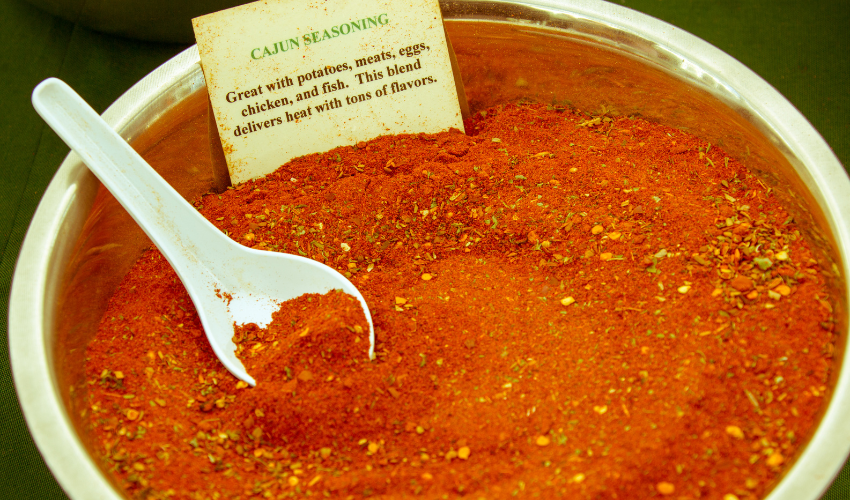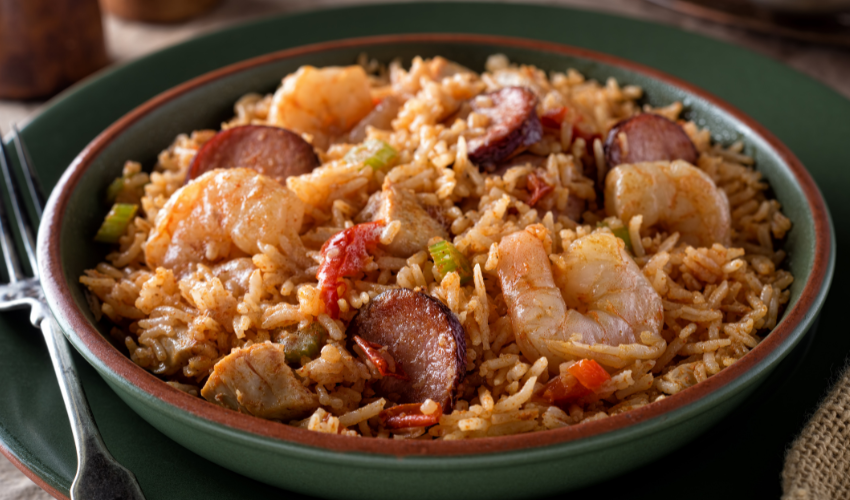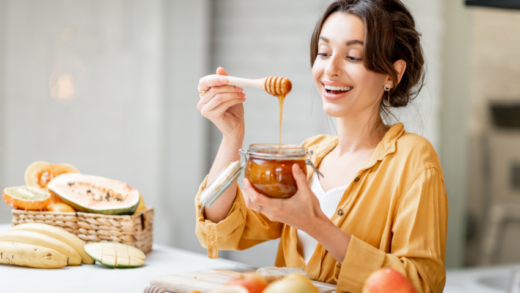Cajun seasoning is a spicy, aromatic blend that adds a distinct flavor to a wide range of dishes. It’s a staple in Cajun and Creole cooking, which originated in Louisiana and draws influences from French, Spanish, and West African cuisines. The blend typically features a mix of herbs, spices, and peppers that combine to create a unique taste profile.
In this article, we’ll take a deep dive into the ingredients that make up Cajun spice. From the essential elements to the optional add-ins, we’ll explore everything you need to know to create your own blend at home.
Essential Elements of Cajun Seasoning

The base of Cajun spice is a blend of herbs and spices that provide the foundation for the flavor profile. Here are the essential elements you’ll find in most Cajun seasoning blends:
- Paprika
Paprika provides the vibrant red color in Cajun seasoning and adds a sweet, smoky flavor. Hungarian sweet paprika is the most commonly used variety in Cajun blends. - Garlic Powder
Garlic powder brings a pungent, savory flavor to Cajun spice. It’s often used in larger quantities than fresh garlic to achieve a more pronounced flavor. - Onion Powder
Onion powder provides a sweet, savory note to the blend. It’s a common ingredient in many spice blends, including Cajun spice. - Salt
Salt is a key element in any seasoning blend, and Cajun spice is no exception. It enhances the other flavors and helps to balance out the heat from the peppers. - Cayenne Pepper
Cayenne pepper adds a significant kick of heat to Cajun seasoning. It’s a staple in many spicy blends and is essential to the signature flavor of Cajun cuisine. - Optional Add-Ins
While the above ingredients are essential to Cajun spice, there are a variety of optional add-ins that can be included to customize the blend. Here are a few of the most common:- Thyme
Thyme adds an herby, floral note to Cajun seasoning. It’s often included in blends to balance out the heat and add a subtle complexity to the flavor. - Oregano
Oregano brings a robust, earthy flavor to the blend. It’s a common ingredient in many Mediterranean spice blends and is often used in Cajun spice for its versatility. - Black Pepper
Black pepper adds a subtle heat and a hint of spice to Cajun seasoning. It’s a classic ingredient in many spice blends and can be adjusted to taste.
- Thyme
FAQs
Is Cajun spice the same as Creole seasoning?
No, Cajun and Creole seasonings are distinct blends with different ingredients. While they share some similarities, Cajun seasoning typically includes more heat and less sweetness than Creole seasoning.
Can I make my own Cajun spice at home?
Yes, homemade Cajun seasoning is easy to make with a few basic ingredients. Experiment with different ratios of spices and peppers to find your perfect blend.
What dishes can I use Cajun seasoning on?
Cajun spice is versatile and can be used on a wide range of dishes. Try it on grilled meats, seafood, vegetables, or in soups and stews.
Is Cajun spice healthy?
Cajun spice can be a healthy addition to your diet in moderation. However, some store-bought blends may contain added salt, sugar, or other additives. Making your own blend at home allows you to control the ingredients and adjust the seasoning to your taste preferences.
How should I store Cajun spice?
Store your Cajun spice in an airtight container in a cool, dry place away from direct sunlight. It will stay fresh for up to six months.

Conclusion
Cajun seasoning is a versatile and flavorful blend that can add a unique taste profile to a wide range of dishes. While the essential elements of the blend include paprika, garlic powder, onion powder, salt, and cayenne pepper, there are also many optional add-ins that can be included to customize the flavor.
Experimenting with different ratios and ingredients can help you create your perfect blend of Cajun spice. By making your own blend at home, you can control the ingredients and adjust the seasoning to your taste preferences.
Now that you know what Cajun seasoning is made of, it’s time to start experimenting with it in your own kitchen. Whether you’re using it on grilled meats, seafood, vegetables, or in soups and stews, Cajun spice is sure to add a delicious kick of flavor to any dish.






















